Delivering video files to users can be a much more complex undertaking than many people stop to consider. There are a large variety of video formats and codecs to choose between, and various optimization parameters for encoding the videos. Parameters such as bitrate, key-frame-interval, and frame-rate will have an effect on the visual quality and bandwidth requirements when delivering the video file. To make matters worse, there are so many potential viewing devices out there (desktops, laptops, tablets, mobiles, wearables, etc). Each of these devices have different browsers or apps, and they all support different formats and codecs!
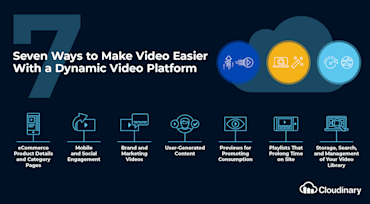
Increasingly, companies large and small, across all industries are enhancing their customer and brand experiences through video. We’ve just launched our dynamic video platform and shared our thoughts on the differences between traditional online video platforms (OVPs) and dynamic ones when it comes to creating, managing, and delivering compelling and engaging videos.
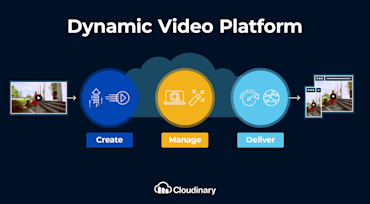
Online video platforms (OVPs) first launched in the late 1990s and early 2000s with a similar promise to the once-iconic automobile brand: “Not your father’s Oldsmobile” campaign. However, as OVPs evolved, partly to address our insatiable appetite for video, they became more and more complex. Tools for every step of the video-delivery process—from ingestion to storage to encoding, and so forth—came with their own set of shiny knobs and dials. Configurations and procedures for even trivial tasks required a study of user manuals, causing disenchantment, stress, and aversion all around. Cloudinary is excited to be launching new, game-changing video-management capabilities today to tackle that challenge.
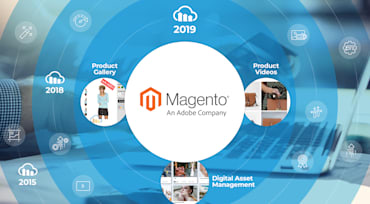
Having an e-commerce platform that both provides a seamless and satisfactory shopping experience, while also serving as a powerful back-office system is crucial to business success today.
As a leading e-commerce platform, Magento offers numerous essential features. Additionally, you can leverage its extensions, such as those for dedicated payments and advanced media management, for other purposes. Cloudinary, long a popular Magento extension, just released a new version with the following powerful features:

Off and on, the model of architecting software shifts. Over time, programming principles, best practices, toolkits evolve to accommodate the contemporary way of building fast, resilient, and reliable apps. Right now, the buzzword is J-AAAAAAM-STACK.
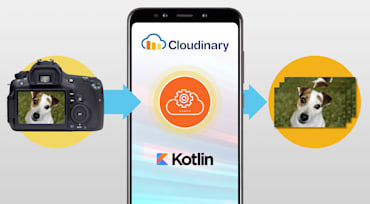
Among the image formats available today, Graphics Interchange Format (GIF) works for both static and animated images. A popular use of GIF images—commonly called GIFs—is to repeatedly loop motions, which you cannot in real life. Many people have turned themselves into online celebrities through effective application of GIFs.
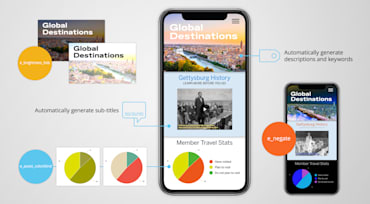
Web accessibility (a11y) is about gaining an insight into—
It’s a blurry line between accessibility and usability (or user experience) and one might argue that they are actually the same thing. Nonetheless, if your audience can't use your app with ease and confidence, then it’s not accessible enough and the user experience is not good enough.

According to Wyzowl’s The State of Video Marketing 2019 survey, 68 percent of the respondents say that they learn about new products or services by watching short videos. That’s a significant percentage! And a sizable chunk of your potential customers are many of those folks.

Part 5 here delves into the dynamism in the professional life of software developers and, given that understanding, the strategies and attitudes technology vendors should embrace—to everyone’s benefit.

With Cloudinary's transformation options, you as web or mobile developers can transform images in real time through dynamic URLs, from optimization and responsive delivery to other tasks, complete with cool effects. For example, a robust transformation applies another image to displace your base image with a mapping algorithm that evaluates the base image's pixels, displacing them according to the intensity of the corresponding image's map pixels.
